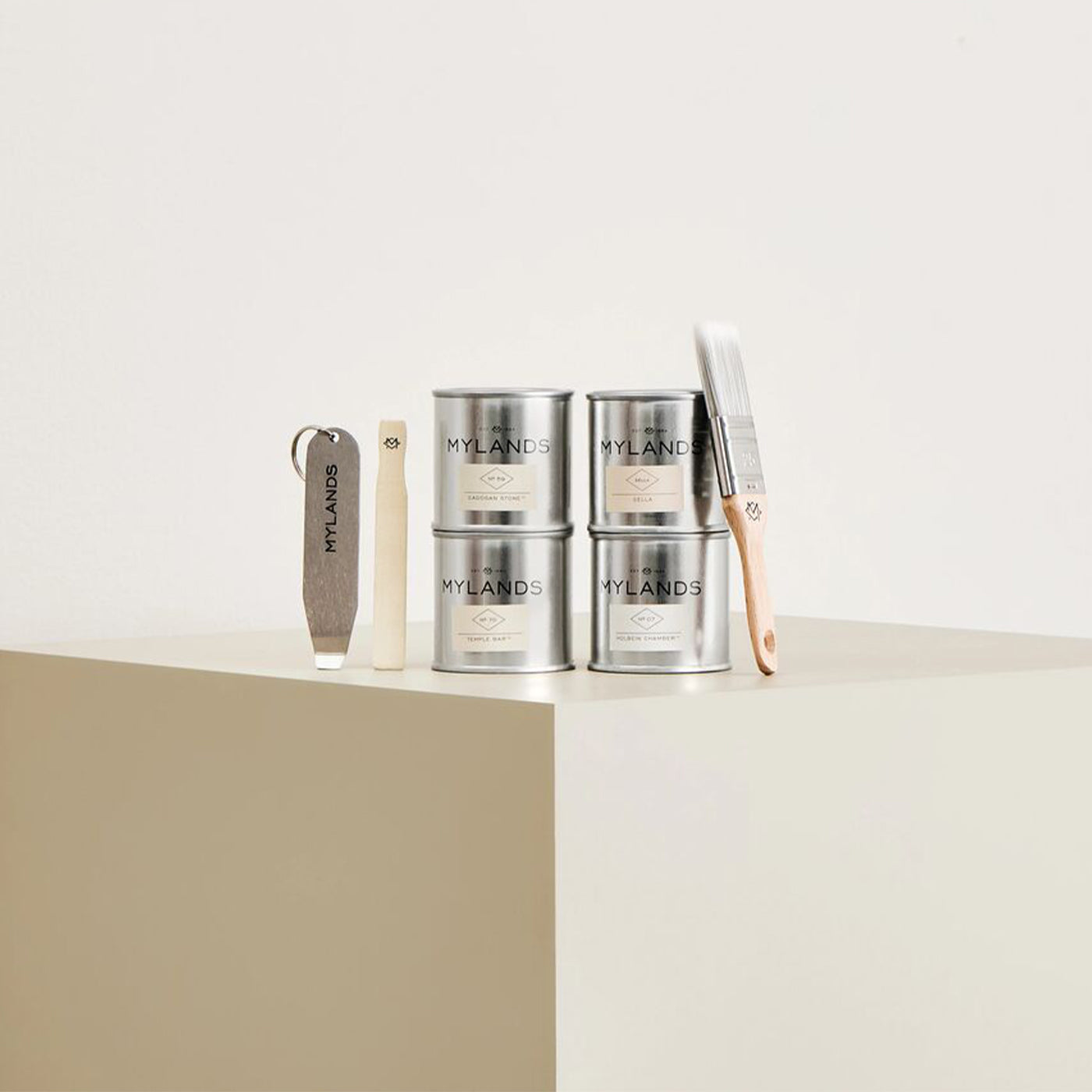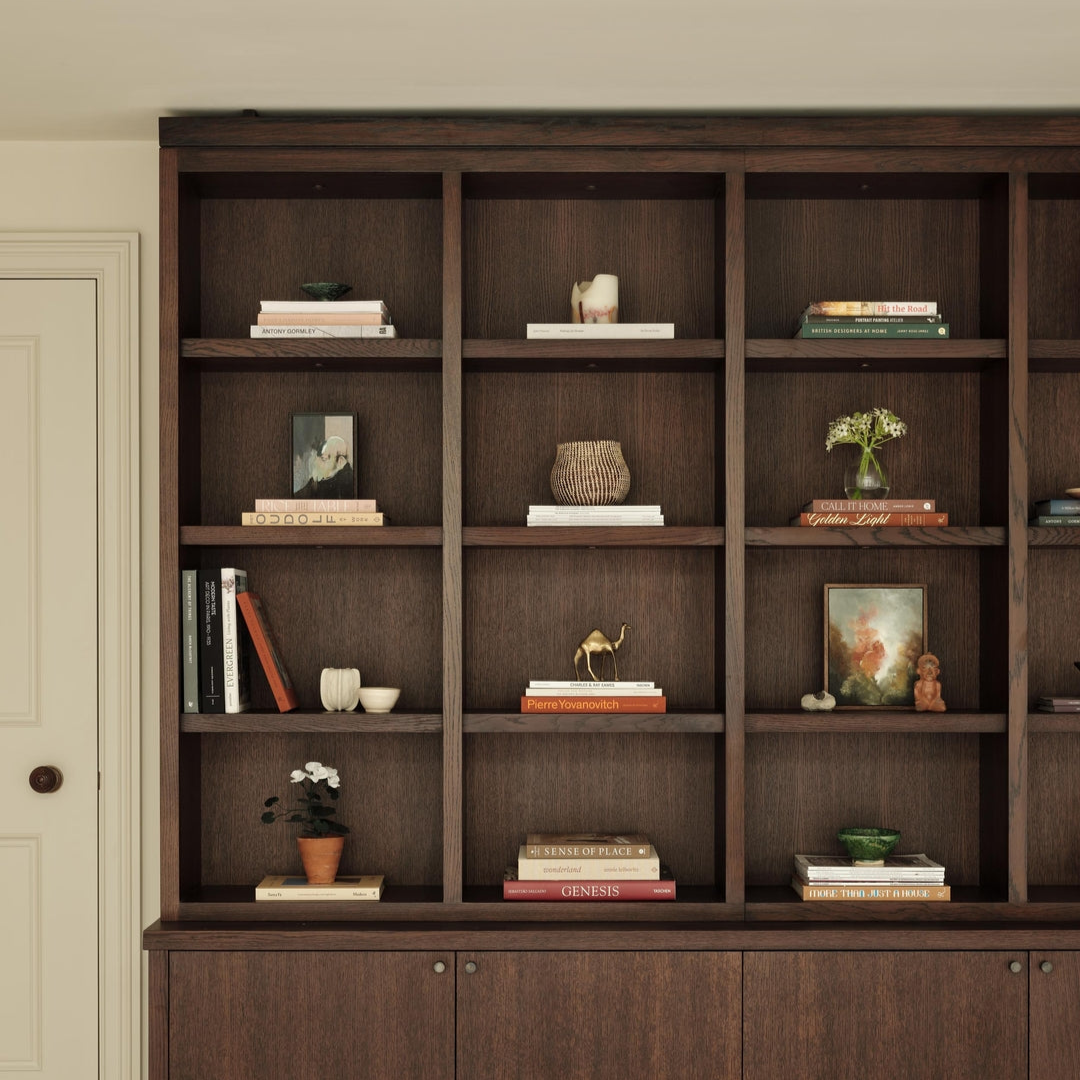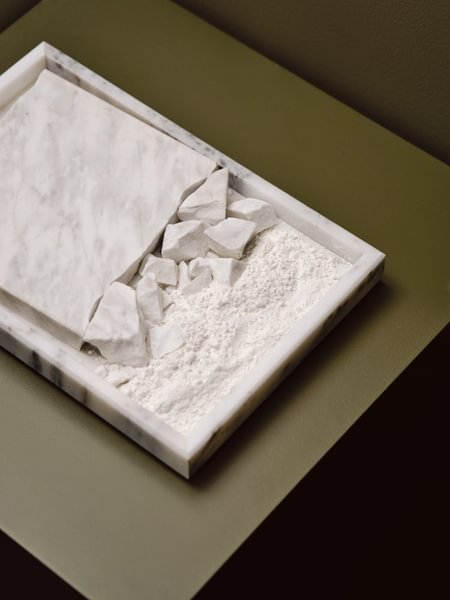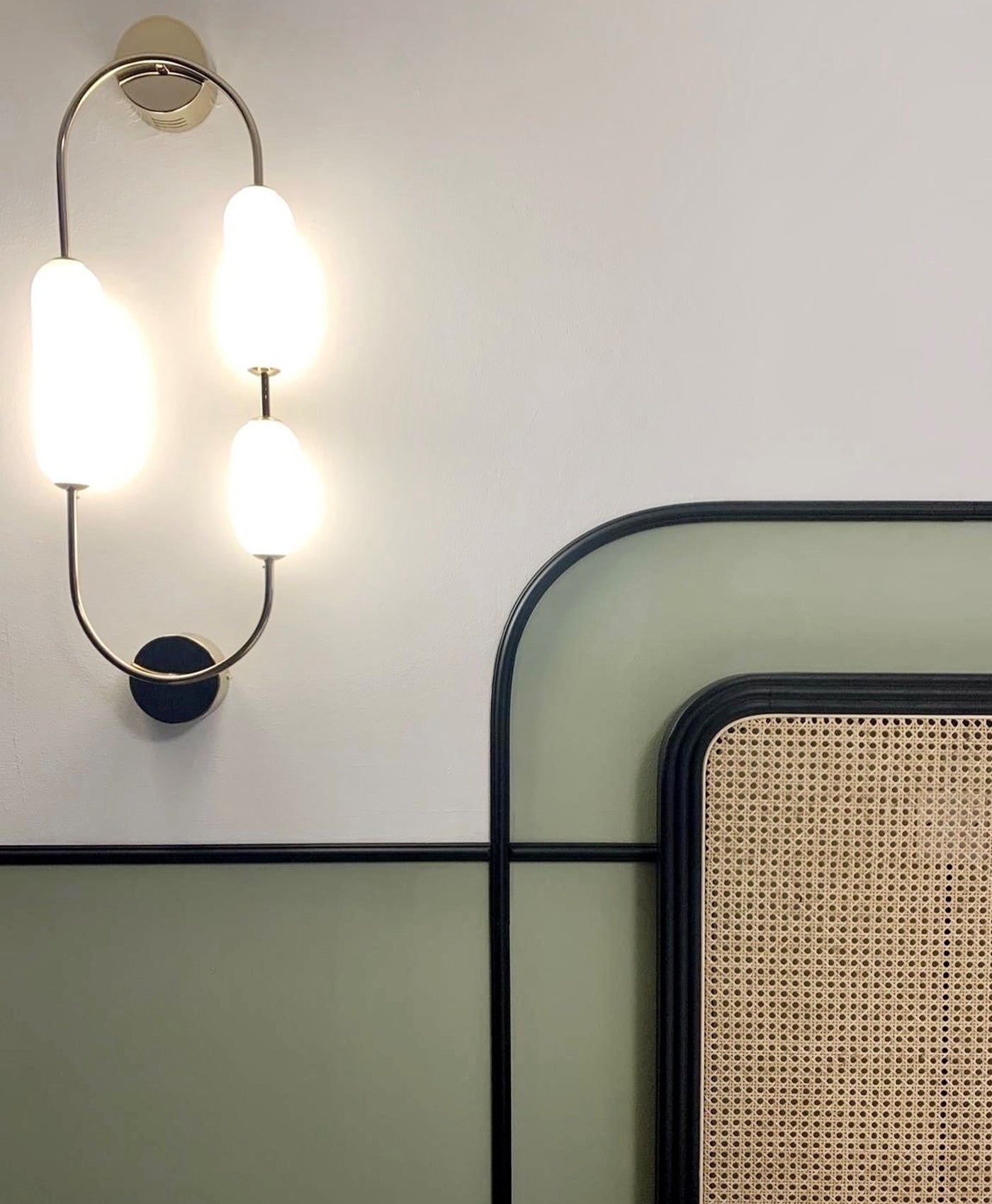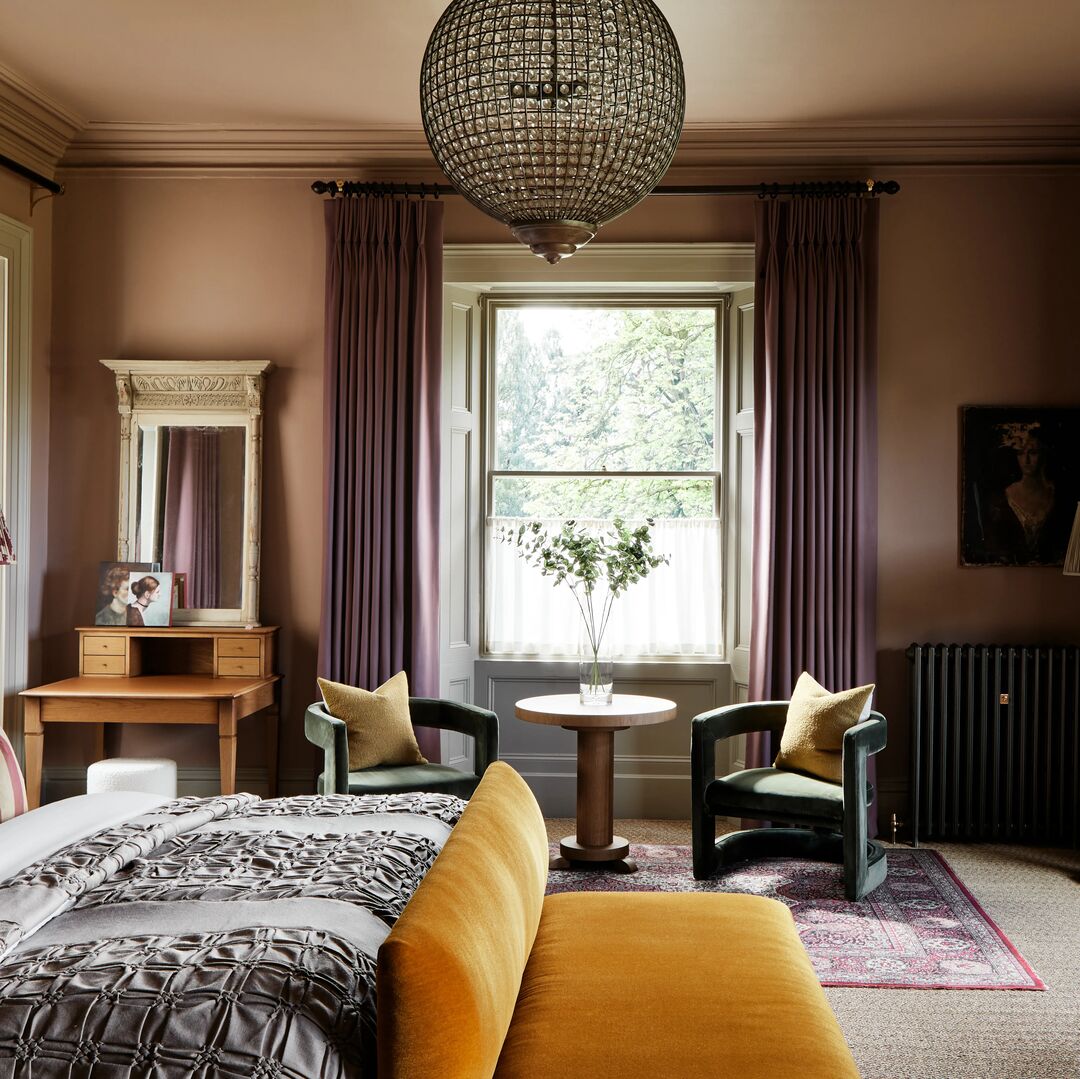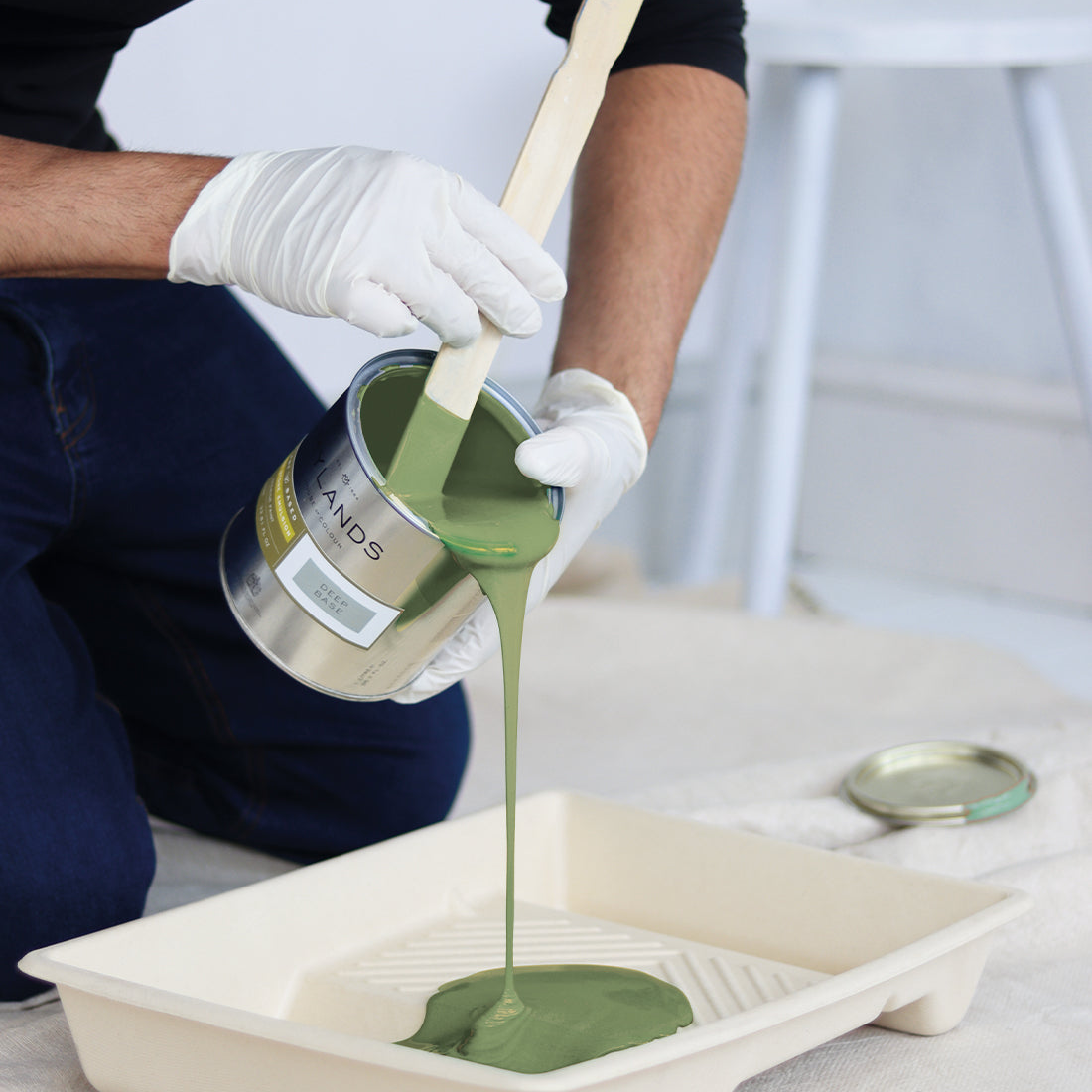What Is Eco Friendly Paint? Everything You Should Know About It
When it comes to choosing paint, finding the right colour is probably your first priority. But thinking about the product’s contents and environmental impact is really important too. With more focus than ever on our fragile planet, it’s important to find increasing ways to make environmentally friendly choices.
But what is eco-friendly paint, why should we choose it and which eco credentials should you look out for? We’ll help you to understand the benefits of eco and natural paints and the questions to ask of a paint company before you buy their products. Next time you want to refresh your room with a lick of paint, you can make an informed choice.
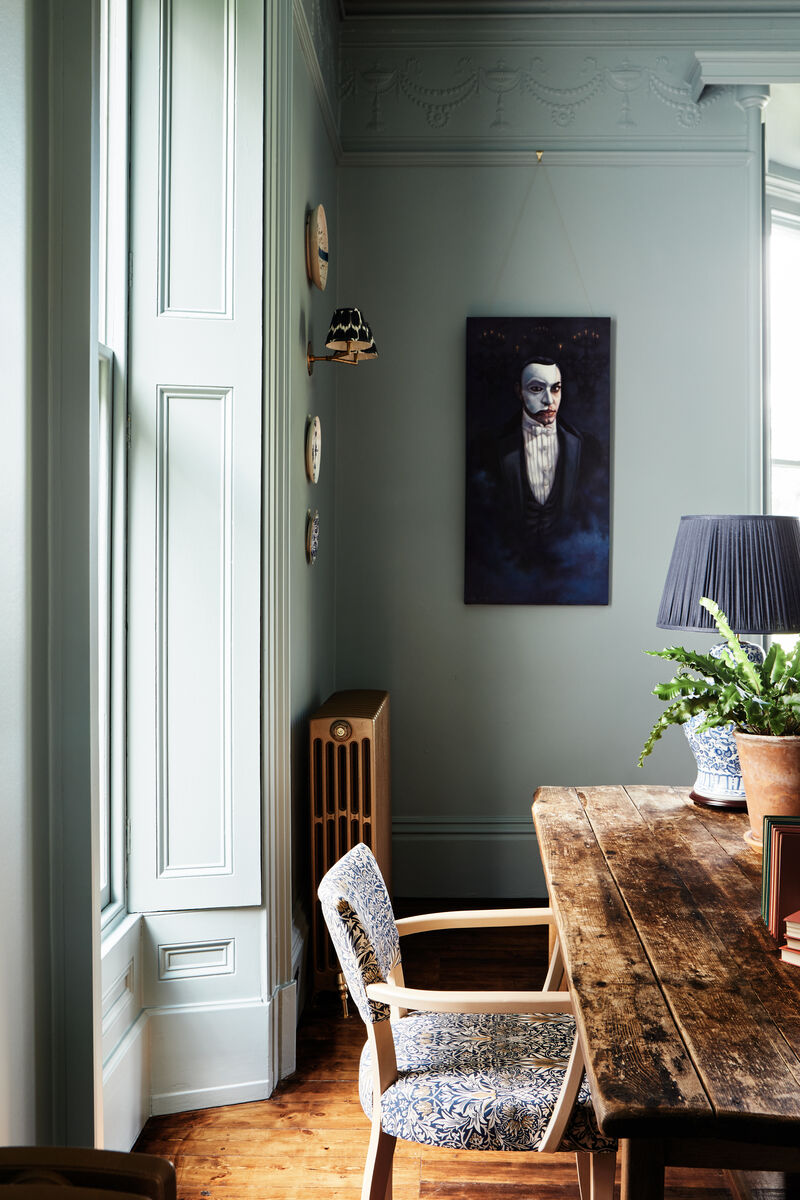
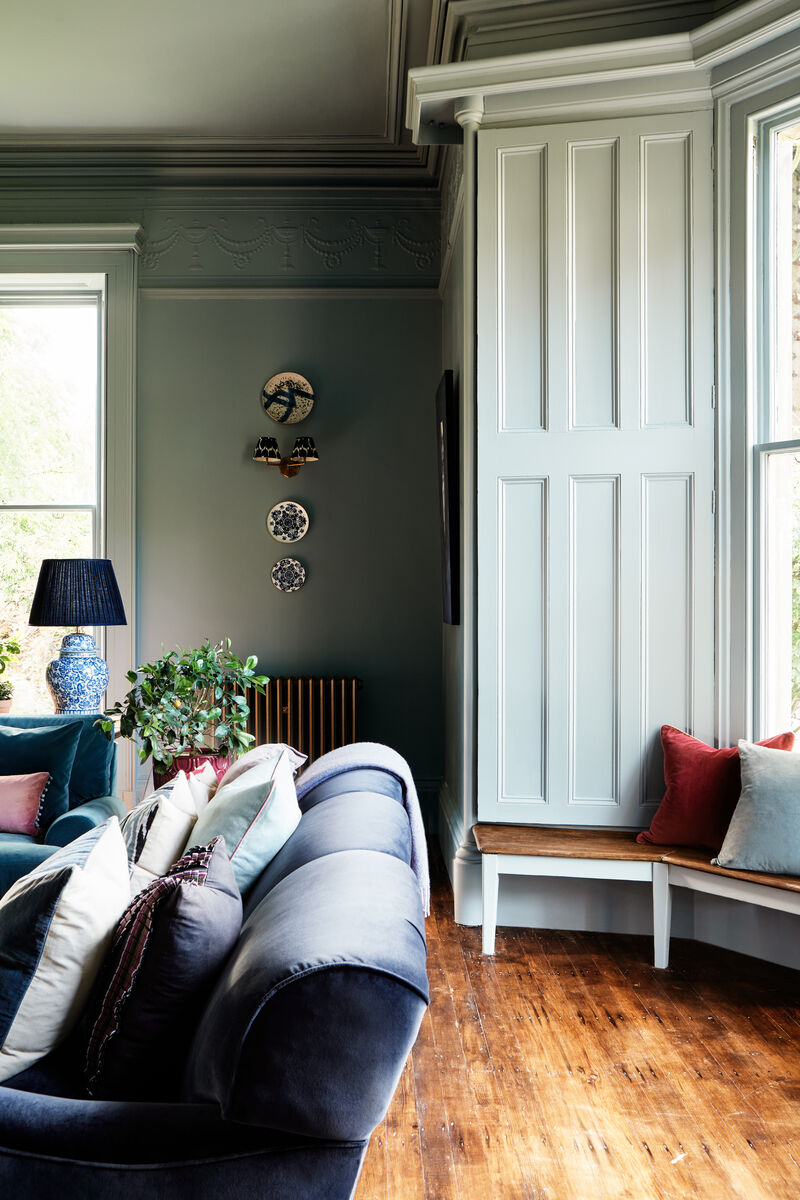

Walls, Ceiling & Woodwork Long Acre™ No.102 - @thecountryhousediaries
What’s the difference between conventional and eco-friendly paint?
Put simply, eco-friendly paint should comprise sustainable, natural ingredients. Its manufacture should be ethical and kinder to the environment (think emissions and carbon footprint for starters) and it should contribute positively to air quality.
Conventional paints tend to be oil-based and, as such, you need to use chemicals like white spirit to clean them off the brush or roller. Water based paint is easier to wash off tools, is less synthetic and generally kinder to the environment.
The ingredients list on conventional paints may include plastics or microplastics, vinyl resins, synthetic dyes, chemicals, acrylics, preservatives, solvents, formaldehyde, ammonia and other toxic components. Eco-friendly paint should contain natural raw materials, low levels of volatile organic compounds (VOC) and it should be solvent-free and plastic free paint.

Walls, Ceiling & Woodwork Long Acre™ No.102 - @thecountryhousediaries
What is eco friendly paint made of?
You’ll find natural ingredients such as chalk, clay and plant oils. It could be claypaint, mineral paint or plant-based paint for example. For colouring, plant dyes make an environmentally friendly alternative to chemical versions. There are wonderful plant-based alternatives to traditional, synthetic fillers and pigments. Non-toxic paint contains natural raw materials rather than manmade.
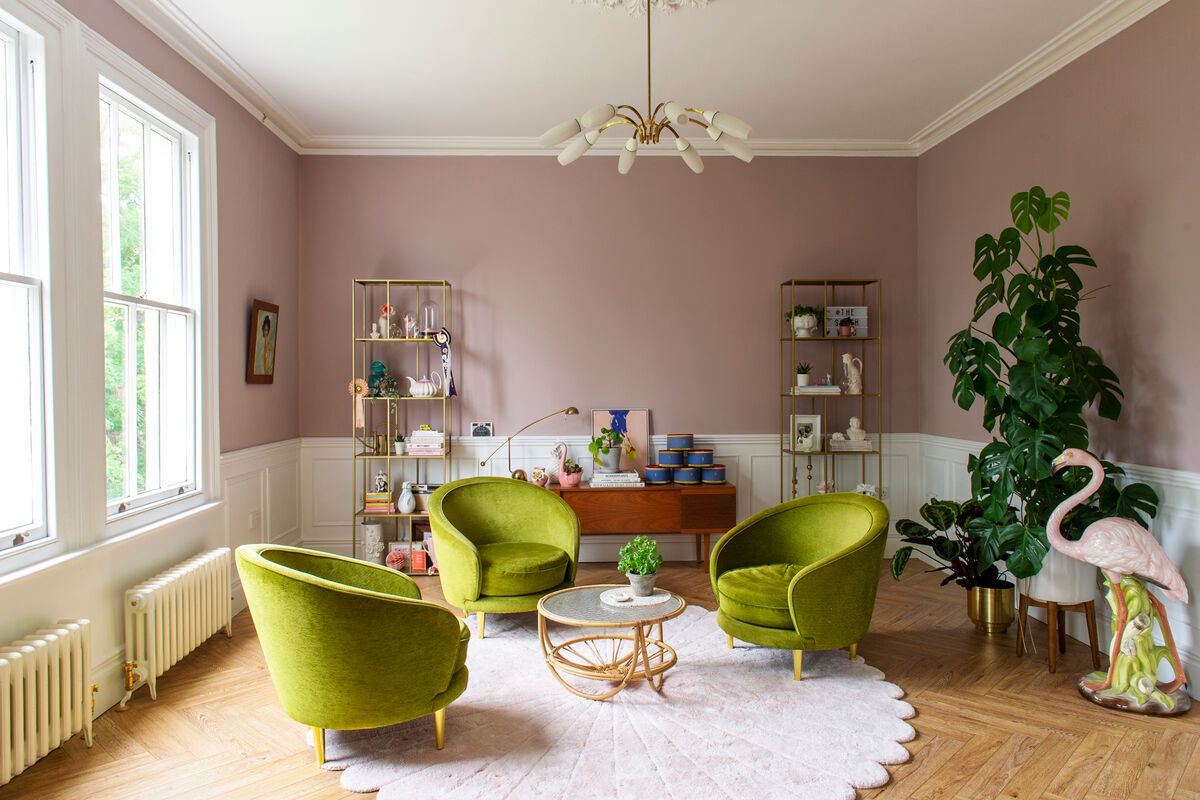
Walls in Soho Pink™ No.266
What are the benefits of using eco-friendly paint?
Better air quality
Conventional paints contain high levels of volatile organic compounds. VOC paint releases chemical gases into the air. These gases are potentially hazardous, particularly for vulnerable people with asthma and allergies. Therefore low VOC paint (or zero VOC) is better for our health and the surrounding environment.
Using breathable paints will also improve air quality. Breathable paints use natural ingredients and allow moisture to escape from the walls. Traditional paints can create a plastic barrier on interior walls which prevents air from moving. This causes mould and fungus which can affect the respiratory system when breathed in.
Lower carbon footprint
Paint manufacturers with an environmental focus will be aware of their products’ carbon footprint. They’ll source ingredients and will manufacture their paint range closer to home to avoid transportation air miles. Their manufacturing processes will be lower carbon too.
High quality product
Eco-friendly paint will create minimal environmental impact, but the high quality paint will still create maximum impact in your home. Natural pigments are colour rich and create a remarkable depth of paint colour. Natural paints are available in a range of paint finishes too - matt finish, gloss, satin, eggshell - which adjust with the daylight. They remain incredibly long-lasting which reduces the need to repaint your walls and they’re washable. Plus they have impressive coverage properties, so you may find that one coat is enough.
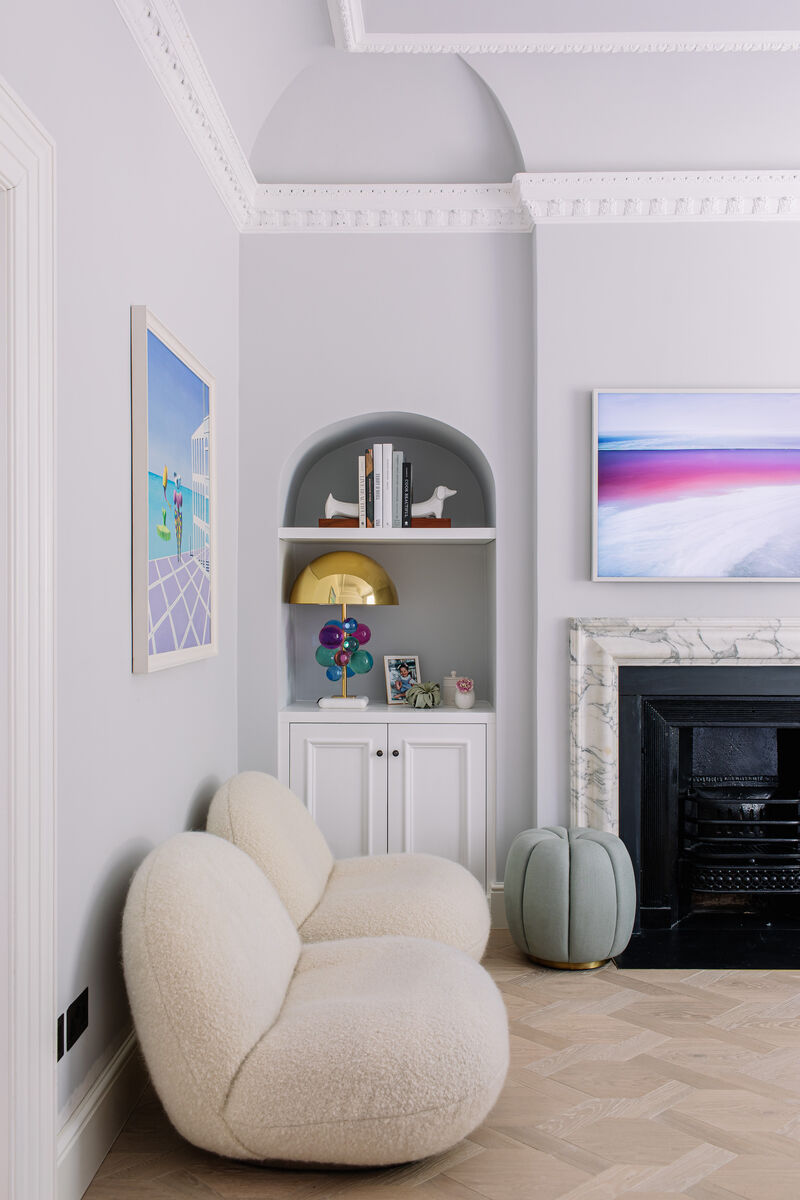
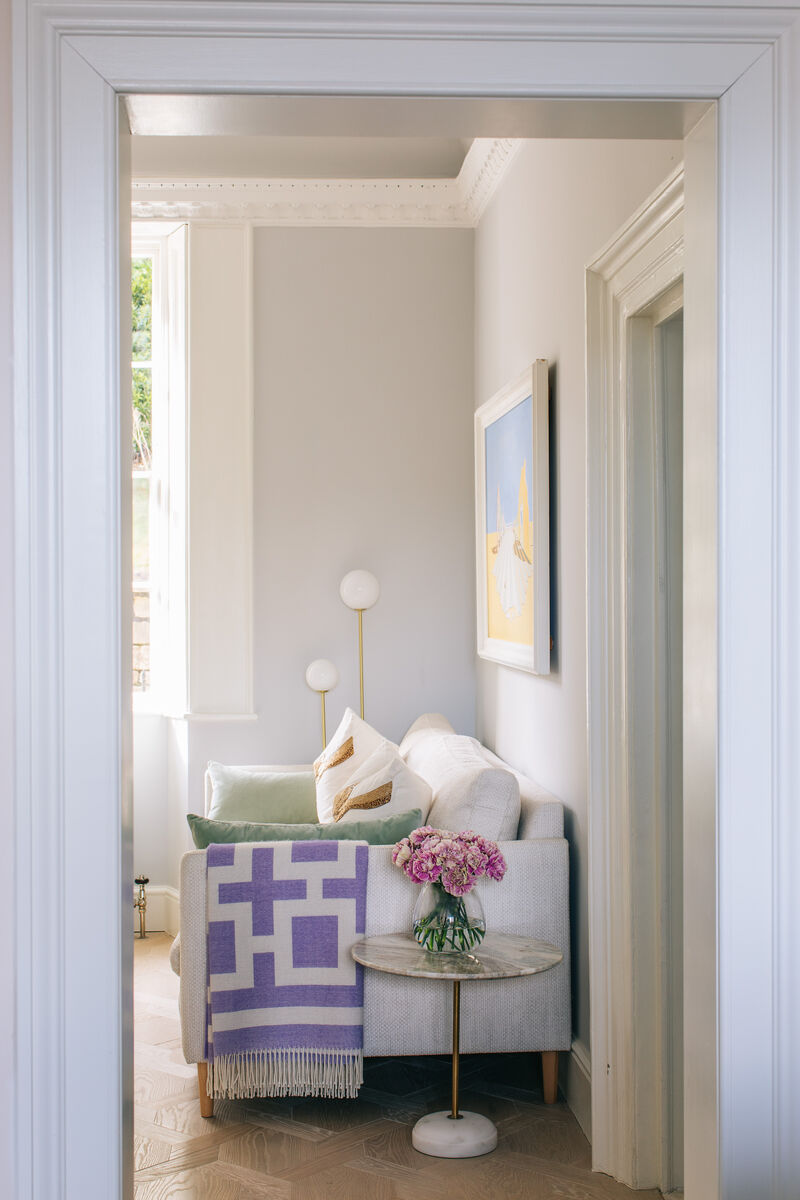

Walls in Sloane Square™ No.92, Woodwork in Pure White™ No.1 - @laurabutlermadden
Lower environmental impact
Paint brands that adopt eco-friendly practices like recycling paint tins, minimising waste, lowering carbon emissions and reducing the use of chemicals and microplastics are much more sustainable and create a lower environmental impact than conventional paint manufacturers.
Did you know that Mylands signature Marble Matt Emulsion Paint uses real crushed Carrara marble instead of synthetic fillers? And the new Olive Stone Emulsion utilises olive powder, a by-product of the olive oil industry, as a filler coupled with plant-based resin. It has an impressive 56% bio-based content making it a great choice for those prioritising sustainability.
Easy to clean
If you choose a high quality paint like Mylands, it’s easy to clean off your tools with water. Other paints require you to use chemical substances like white spirit or turpentine which are harmful to the environment. The wall paint itself is easy to clean too, so it will stay looking good for longer.
Range of uses
You may assume that eco-friendly paint is niche and only has certain uses, but that’s not so. Whether you need wall paint, masonry paint, exterior paint, metal or woodwork paint, eco-friendly options are available.

walls in Sloane Square™ No.92, Woodwork in Pure White™ No.1 - @laurabutlermadden
5 things to check when buying paint
Paint brands that prioritise sustainability and the environment will be transparent about their ingredients and practices. Check the labels and their websites to assess their eco credentials.
- What does it contain? Check the ingredients.
- Ensure it’s breathable paint.
- Check the VOC content and look for low or VOC free options.
- Determine the quality and durability - high quality, long-lasting paint is better all round.
- Understand its carbon impact by finding where and how it is made.
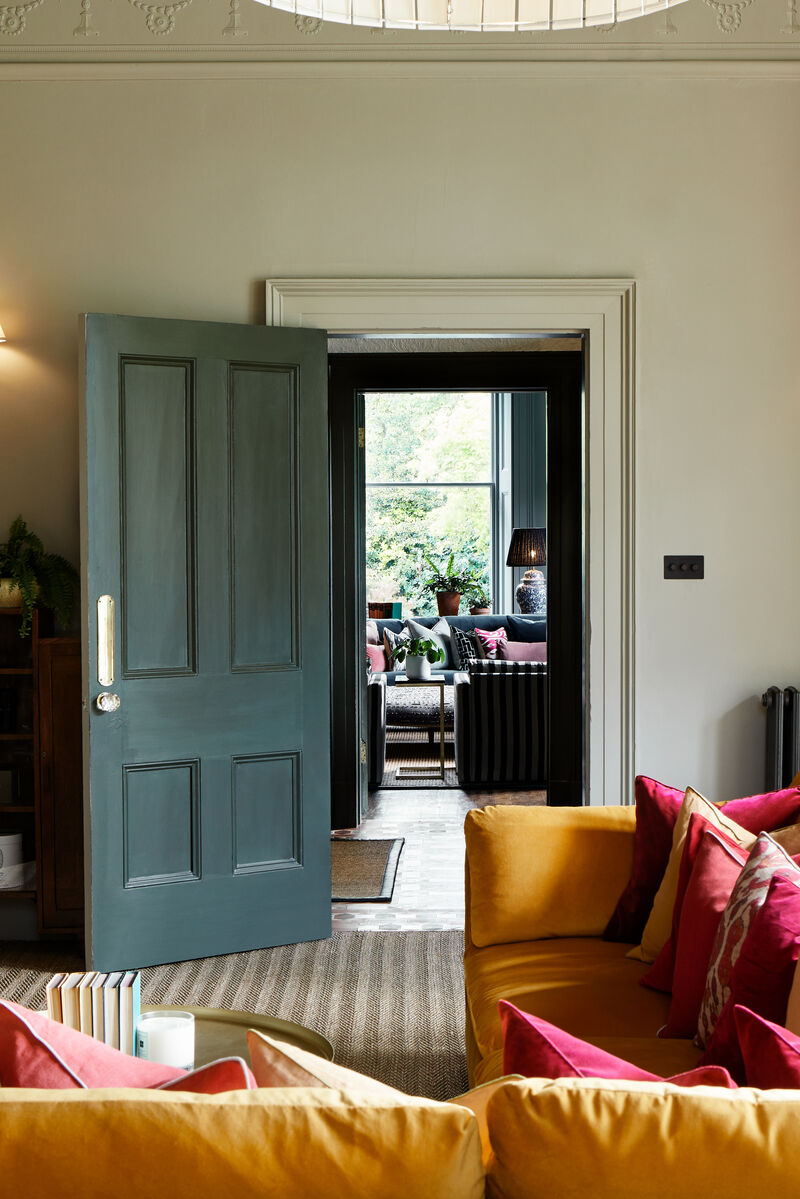
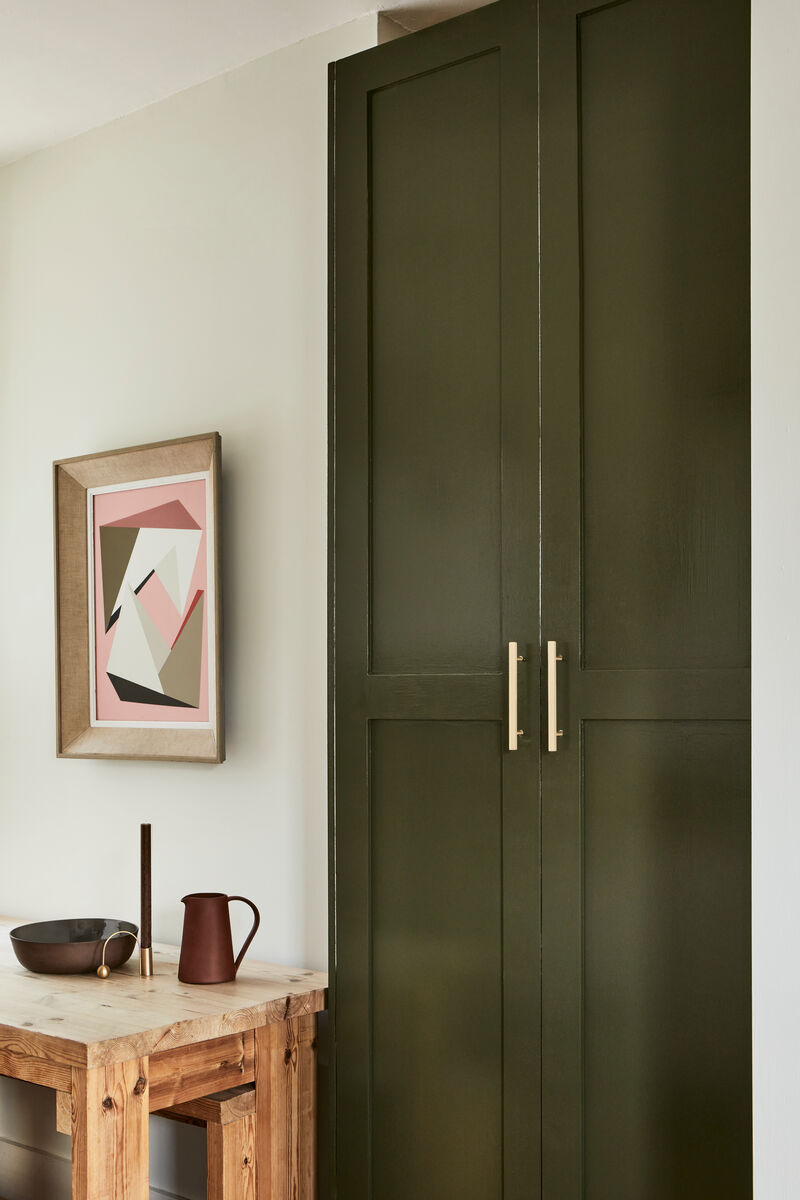
Woodwork in Messel™ No.39, Walls in St James™ No.40
Discover how Mylands is using innovative techniques and ingredients which are better for the environment. Take a look at the new plant-based Olive Stone Emulsion paint and order a tester pot today.
